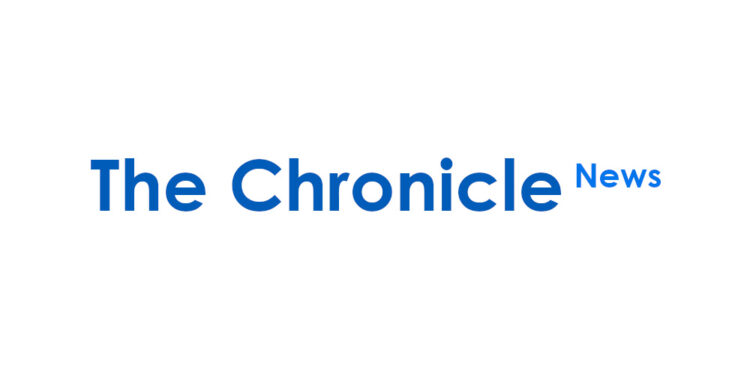As I write this article we are heading into the one-year anniversary of the Supreme Court decision in Dobbs v. Jackson Women’s Health Organization which overturned Roe and made abortion a state-by-state issue. In the aftermath many states, including Oklahoma, either activated trigger-laws or passed new legislation which criminalized abortion. Given that we are a year out it is a good time to take stock of what effect this change in policy has had on public opinion. (For the record, to make things simple, I’m going to use polling data from Gallup throughout this article. If you would like to see the data yourself Gallup’s abortion trend data is available for free on their website.)
One of the major impacts has been an increase in the percentage of registered voters who identify as pro-choice. Prior to Dobbs, Americans were in a stalemate. While we have tons of polls on it, if you asked Americans to identify themselves as pro-choice or pro-life you would find a narrow majority of pro-choice voters. Gallup polls have a few outliers, but for most of their polls find a 48-46 division on the issue (with 2-3 points wiggle room) for the last 20 years. But the most recent polling, taken after Dobbs, shows 55-39 division in favor of pro-choice, the largest gap since 1996. If Americans are evenly divided, then Dobbs shouldn’t have that much of an effect. Obviously the groups who are dissatisfied would flip but why wouldn’t we expect the division of pro-choice and pro-life to stay consistent? Why is public opinion changing in a pro-choice direction?
The reason is that American opinion was always more nuanced than people gave it credit for. Americans were in three camps on abortion and not two. A majority of Americans are in a third camp; supporters in certain contexts. In a May 2012 poll of registered voters, 25% said abortion should be legal under all circumstances, 20% said it should be illegal under all circumstances, and 52% said it should be legal sometimes. That is remarkable because in a poll done earlier this year we see only moderate changes. Always legal goes up to 35% and always illegal goes down to 13% but the sometimes group is still at 50%. Dobbs had an effect of policy support on the extremes, but a majority of registered voters are still contextual supporters.
What policies do those 50% of Americans want? It is difficult to generalize, but most polling indicates that many Americans are uncomfortable with things like abortion on demand or late-term abortions (71% of Americans oppose abortions in the last term of pregnancy) but broadly accept the “three-exceptions” where abortion should be legal: rape, incest and the health of the mother. Health of the mother is a particularly important driver here. In both 2018 and 2003 (the only years the question was asked) 75% of Americans supported a woman getting an abortion if her health was endangered, even if that was during the last three months of her pregnancy.
Why do I mention this? Because abortion is growing on the nation’s “most important problems” list. In 2022, 8% of registered voters said it was the most important issue facing the country. Eight percent may not seem like a lot but it was the highest it has ever been since Gallup began tracking abortion responses since 1984. Dobbs has galvanized opposition in the same way Roe galvanized the pro-life movement to be sure. But Dobbs also appears to be moving contextual supporters to identify themselves as pro-choice.
If you lived in Oklahoma prior to Dobbs you could call yourself pro-life and have the attitude of “I am generally opposed to abortion except in this narrow band of circumstances.” But after Oklahoma banned abortion in all circumstances, you now face a choice. The ban Oklahoma passed was not the policy outcome you supported so do you keep identifying yourself with the pro-life movement or do you change your affiliation? A number of Americans are choosing to change their affiliation.
There is limited evidence to say that Dobbs has impacted Americans’ opinion on abortion policies. It has had some effect but those changes are slow and may be the result of random sampling. But what Dobbs, and Republican states’ abortion bans, have done is that it is moving contextual supporters into the pro-choice camp. That is an important development and if it could favor the party associated with the pro-choice label and harm the pro-life party in 2024 and beyond. Will this trend hold? We are going to have to keep watching in year two.
David Searcy holds a master’s degree from Oklahoma State University and a PhD in political science from Southern Illinois University.
Want to reach a local audience and grow your business?
Our website is the perfect platform to connect with engaged readers in your local area.
Whether you're looking for banner ads, sponsored content, or custom promotions, we can tailor a package to meet your needs.
Contact us today to learn more about advertising opportunities!
CONTACT US NOW




